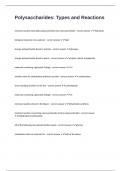College aantekeningen
Lecture slides Sports Economics (EBB920A05) - The Economics of Sports
- Vak
- Instelling
- Boek
Complete overview of lecture slides of the lectures given by prof. dr. Elmer Sterken. Course: Sports Economics. Minor: Sport Science, but also other minors.
[Meer zien]













